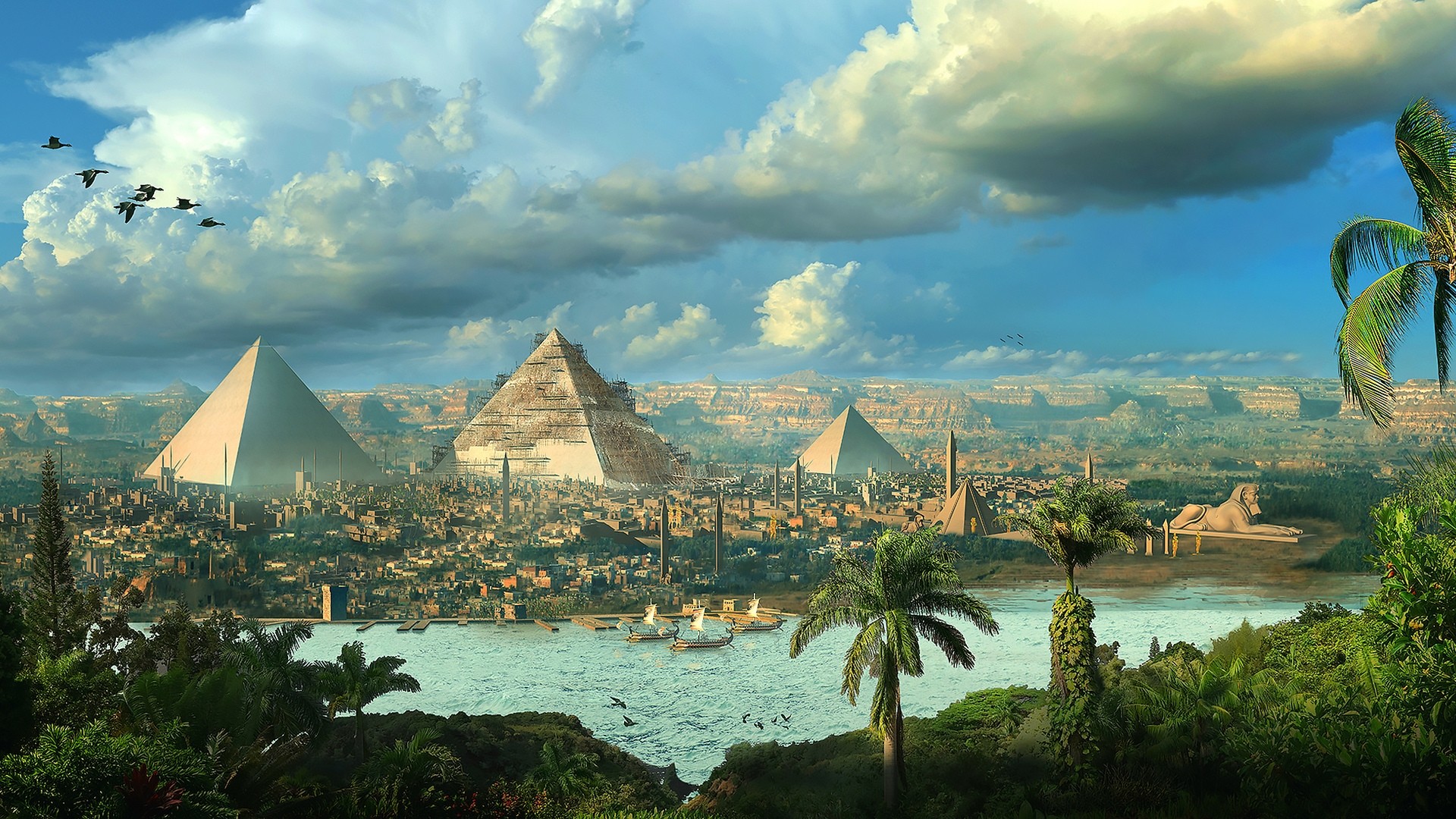Buried in a Tomb
Tutankhamun was buried in a tomb that was unusually small considering
his status. His death may have occurred unexpectedly, before the completion of a grander royal tomb,
causing his mummy to be buried in a tomb intended for someone else. This would preserve the
observance
of the customary 70 days between death and burial. His tomb was robbed at least twice in antiquity,
but
based on the items taken (including perishable oils and perfumes) and the evidence of restoration of
the
tomb after the intrusions, these robberies likely took place within several months at most of the
initial burial.









